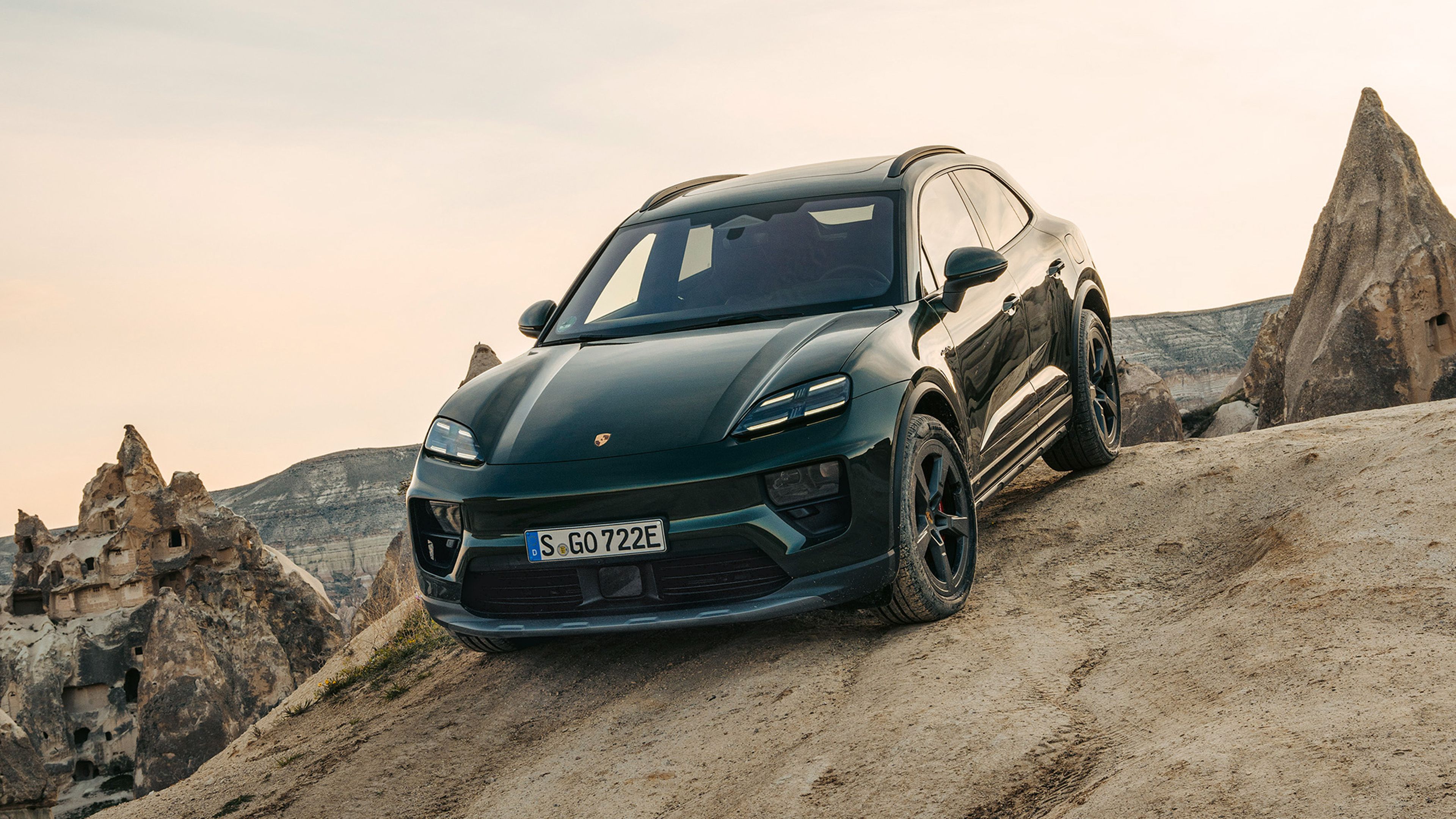한 단계 감속. 내용 탐색 및 몰입.
독점적, 독창적, 영감적: <크리스토포러스>는 포르쉐 마니아를 위한 매거진입니다. 스포츠카 브랜드만큼이나 오래되었습니다. 1952년 창간호 이후 이 간행물은 인물, 제품, 역사, 모터스포츠 등 포르쉐 회사에 관한 이야기를 통해 독자들에게 감동을 주고 있습니다.
포르쉐 매거진의 인쇄판은 매년 4회 전 세계 10개 언어로 발행되고 호당 약 60만 부를 발행합니다. <크리스토포러스>는 세계에서 가장 저명한 회사 매거진 중 하나로 손꼽힙니다. 역사적인 인쇄본은 수집 가치가 높습니다.



No 415
오프로드 탐험
기묘한 바위, 화려한 열기구, 고대 동굴, 미식의 즐거움 등 카파도키아는 인상적인 배경을 제공한다. <크리스토포러스>의 튀르키예 인기 지역 탐험에 동반해 주로 오프로드 모드로 주행한 신형 마칸 4S와 유사하다.

정기구독 체결
<크리스토포러스>는 매년 4회 발행되고 정기 구독료는 24유로입니다.
)